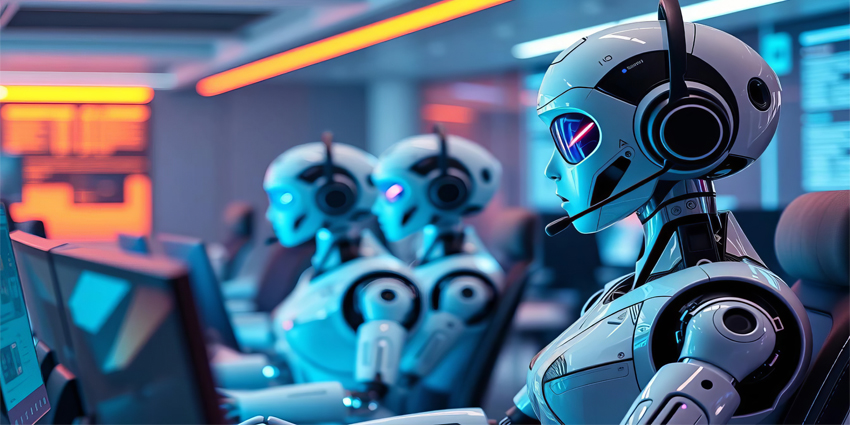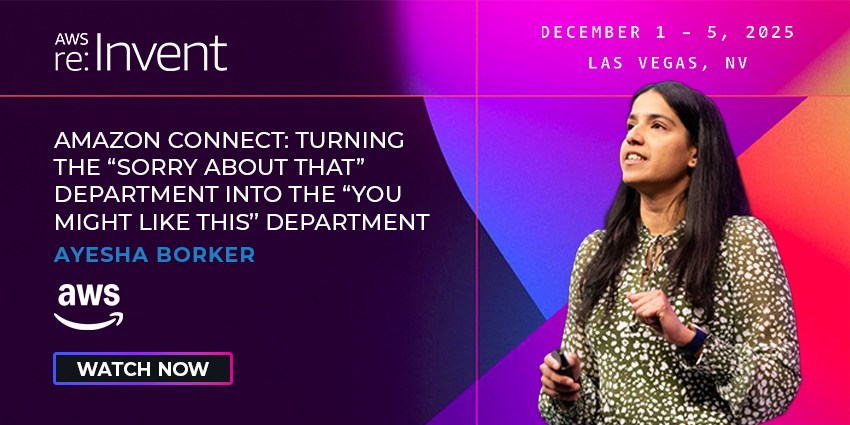The automotive industry is currently moving through a disruptive state of transformation. While the landscape has evolved quite rapidly over the decades, the last couple of years have ignited a new demand for more intelligent, safe, and efficient vehicles.
Now, newer technologies like AI, ML, and IoT are influencing customer decisions, and companies are delivering a wider range of products as a result, from solar panels to AI assistants. The purchasing journey is evolving too. Dealerships are using the online landscape as a way to simplify and enhance the buying experience. People are even enjoying “contactless” car purchases.
In this quickly changing landscape, 92% of dealers say CX will be a critical part of their future growth. Let’s take a look at some of the use cases for CX technology in the automotive space.
1. Create Truly Omnichannel Experiences
Omnichannel purchasing experiences are growing increasingly common across every industry. We’re living in a world where consumers are increasingly comfortable with bringing digital avenues into their purchasing experience. Many companies are even offering their consumers the opportunity to purchase and customise cars entirely on the web.
With 60% of car buyers under the age of 45 now set to purchase their next vehicle online, companies need to think more carefully about how they can streamline and enable omnichannel experiences. This could include looking for ways to simplify certain parts of the purchasing experience online.
For instance, 74% of customers say they’re more satisfied with their purchase from a dealership when they can complete paperwork digitally. Using a CCaaS solution which allows employees to connect with consumers online, provide documents, and collect e-signatures can help with this.
Companies could even use the same CCaaS solution to provide a video tour of a car for a customer when they call to ask questions about a vehicle. This can allow consumers to make better decisions before coming to collect a car in-person.
2. Transform the Customer Experience
Consumers often perceive the process of buying a car to be a complex and time-consuming feat. However, if automotive companies can provide a more streamlined and efficient experience, they have an opportunity to set themselves apart from the competitors, and gain customer loyalty.
Surveys by McKinsey & Company reveal around 50% of customers believe a better service experience is more influential than anything else in the purchase experience. Providing consumers with more ways to simplify their buying and service journey can open the door for new opportunities. For instance, businesses could use chat bots and AI solutions to automate the process of booking an appointment for a service or test drive.
This allows customers to complete tasks quickly, while reducing the amount of work assigned to employees. Alternatively, brands could make a name for themselves in the industry by offering new forms of customer service communications via their CCaaS environment. XR solutions allow companies to showcase product ranges and give users an insight into what a vehicle might be like from a distance.
3. Collect Valuable Insights
As customers grow more demanding, and the automotive landscape continues to change, companies will become increasingly dependent on data to drive better business outcomes. Already, the potential to collect and use valuable data in the automotive space is evolving. Connectivity and AI elements in cars allow vehicles to become a platform for capturing data insights.
Manufacturers and dealers alike will be able to capture information about average mileage, accidents, battery performance, and how a car is being driven. This can be used to build a productive model for customer service. Teams can learn what kind of issues their customers are likely to face, and provide guidance on how to solve those problems with AI bots and virtual assistants.
Data could be used to determine when peaks in service demand will increase, to help with scheduling and workforce management. The same information can also help to guide self-service strategies, making sure users have
4. Build Customer Loyalty with Proactive Service
There’s even the potential to improve the long-term relationship after a car sale. Data collected and attributed to customers in a CRM system can allow for predictive and proactive service. For instance, a vendor or manufacturer can track a car’s performance and send automated alerts to buyers when they need to arrange for a service.
Information collected about specific cars can also be placed into the CCaaS knowledgebase, so team members within any organisation can access insights and immediate guidance on problems. This will make it easier to track down solutions to issues faster when someone calls in with an issue.
The right CX technology can even help to deliver a more personalised and consistent experience to customers over time. The data collected from each conversation across a multi-channel CCaaS environment can be stored in a CRM, and used to customise the services offered.
5. Improving Productivity
Finally, CX solutions can also be a powerful tool in improving the overall productivity and performance of the automotive team. The information collected by CCaaS, CRM, and Workforce management tools can all provide insights into how to arrange teams and resources more effectively. What’s more, integrations with the UCaaS landscape can help distributed team members to connect and work together on issues in a remote environment.
AI and automation solutions in the CX landscape can also be extremely useful for boosting productivity. Not only can chat bots and tools in the automotive industry help customers to serve themselves, but they can assist professionals in tracking valuable information too.
Additionally, automated tools for storing and collecting information, or completing common tasks reduce the strain on a fast-paced workforce. This provides team members with more time to focus on the most value-added activities in their workflow.







